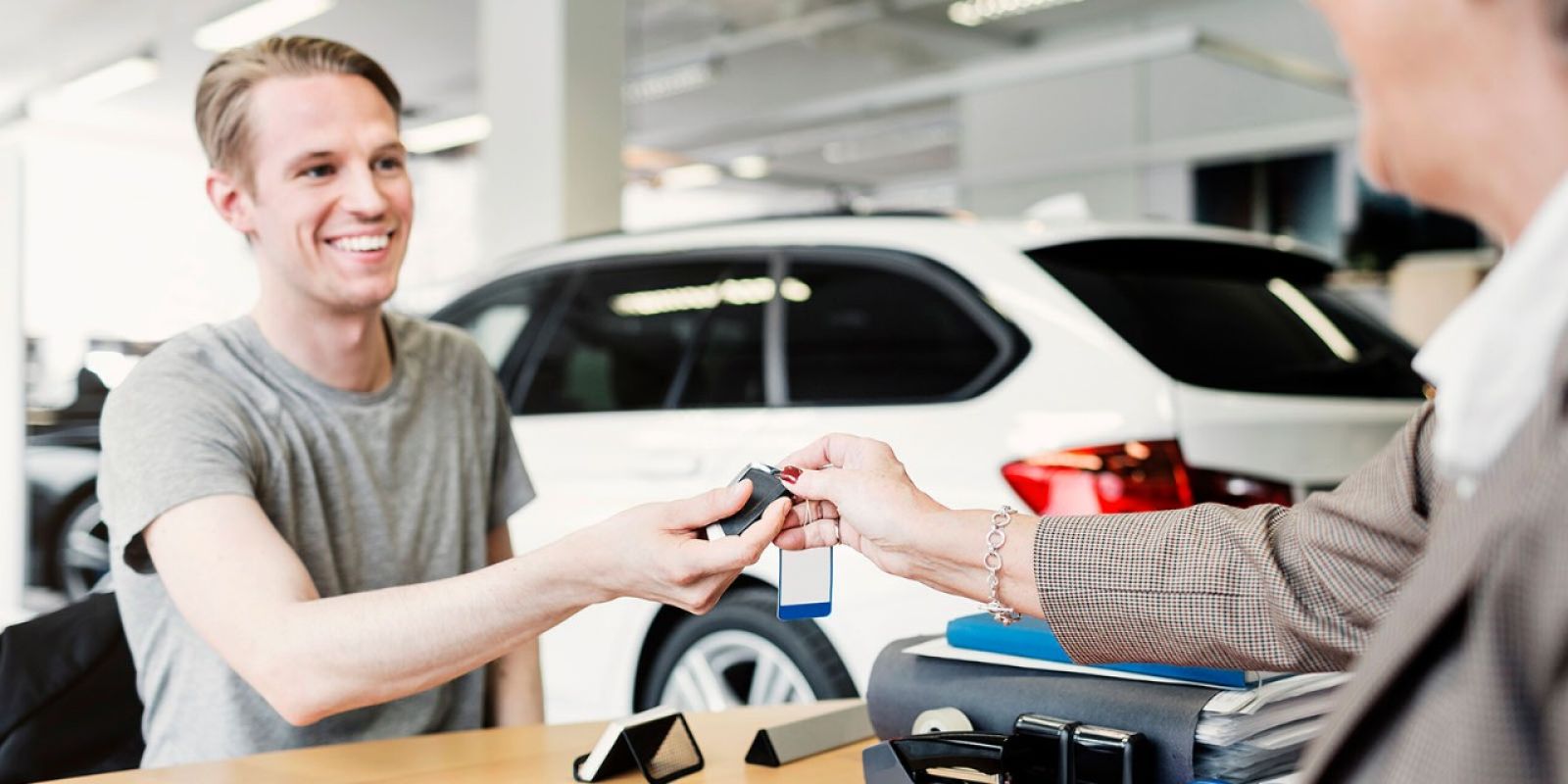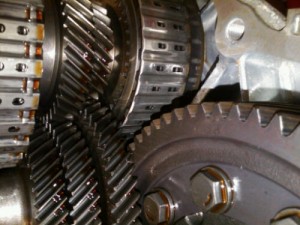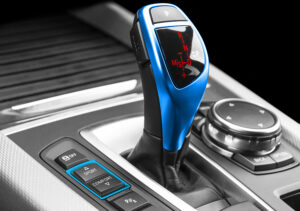Buying car insurance
Used car or not – first car is a pretty big deal. I went to great lengths to pick out the one I really liked. The real work began after I decided on the car, for what followed was an endless trail of paperwork, registrations, insurance woes and transfers. Oh, the struggle was real!
Get the car and its papers inspected thoroughly
Get the car inspected fully by a mechanic you trust. This helps to either get the problems fixed by the owner before the purchase is done, or helps you negotiate the price.
A few must DOs for this:
Check the insurance papers. You will be able to indicate if the car has had any accidents or claims related to those. A quick way to see this on the policy is to note the no claim bonus (NCB) percentage applied. The higher the NCB, the better.
Check if the engine number and chassis no. match the number in the registration papers.
Check all the filters, and get them changed if possible. All filters (air, fuel, transmission, oil) need regular cleaning and oiling. Failing to do this can affect the performance of the car significantly. If nothing else, this is a quick judge of how well the car has been maintained.
Check the brakes. Drive the car at 40-50 kmph in an area that has little to no traffic. Be sure to look for any vibration, or any strange and squealing noise from the brake pedal. Brakes that pulsate could also mean that the rotors need replacement.
Examine/change tyres carefully. Check the condition of all the tyres of your car. They should be worn evenly and should match. Check the surface for feathering (bad alignment). You can learn more here from this detailed piece on tyres by Carwale.com
Check under the hood for signs of damage, dents or rust – they are signs of a poorly maintained car or a prior damaged one
Transfer the Registration Certificate (RC) to your name
For this, you should fill out and submit Form 29 & Form 30, issued by the RTO in the jurisdiction you live in (Find the RTO closest to your residence here). The form should be signed by both the previous owner and you. If the car is registered in a different jurisdiction from yours, then an NOC from that jurisdiction’s RTO will help speed the process. This registers the transaction.
Once the RC is transferred, there are also a few other important things to take care of:
Most important, getting the car insurance policy transferred in your name, or buying a new one altogether. (Details in the next section)
Check form 32 & 35 to ensure that there are no pre-existing pending loans on the car.
If buying a car bought by the previous owner on finance, ensure that you get the original invoice of the car. Also get the No Objection Certificate (NOC) from the car finance company.
Service book to check the history of service records Road tax receipts with the last updated payment.
Bi-fuel certification if the car is CNG/LPG fitted.
Valid Pollution Under Control (PUC) certificate

Don’t buy a second hand car without reading this
Choosing what’s right for you
Your neighbour might tell you that his V8 Commodore is the best car on the road because it suits his towing needs, but it may not be the best for you. The first step to buying a car is deciding which one fits your lifestyle. Hatchbacks and small SUVs have strong city driving capabilities, thanks to their light steering and small economical engines. But if your daily drive is long or you like to road trip, the superior ride, stronger performance and features of mid-sized sedans or bigger SUVs might suit you better. There’s no such thing as the perfect car, but the perfect car for you.
Do your homework… thoroughly
Don’t rush in, do your research. People say, “I bought the first one I saw because I didn’t have time to look around.” But if you’ve worked hundreds of hours to earn the purchase price, you should take at least a couple of days to shop around. Once you’ve picked a vehicle type, evaluate the strengths and weaknesses of different makes and models. Safety, reliability and running costs are vital considerations. Don’t set your heart on one particular model. Test drive and check multiple cars and shortlist the best. When you’ve narrowed down to a model, drive two or three then pick the best to have professionally inspected.
Use your resources
Helpful resources for comparing different makes and models include ANCAP’s how safe is your car, productreview.com.au, RACV’s running costs survey and used car reviews. For $25, the government-run Personal Property Securities Register will deliver a full vehicle history report indicating if the car has been written off, stolen or has finance owing, as well as registration data and Takata airbag recall information. You will need the car’s VIN or registration number to search it.
What to avoid
When inspecting a car, have a thorough look and take it for a good test drive. You want to avoid poorly maintained vehicles or one with serious accident damage. Engine oil, transmission fluid and coolant leaks could indicate poor maintenance, as can uneven tyre wear and a poor service history. Poorly fitting panels or mismatched paint can indicate that a car has been in a major crash, and a PPSR report and professional inspection may be able to confirm this. It’s often safer to buy from a dealership than an unknown private seller.
Kilometres don’t tell the whole story
Kilometres on the clock tell you how far a car has travelled, but that’s just part of the story. How it has travelled those kilometres is important. A car with higher mileage that has been carefully maintained, washed every weekend and regularly serviced might be a better buy than one with lower mileage but a poor service history and some hard living in its past.

Engaging Social Media Post Ideas for Car Dealerships
Let’s face it, brainstorming post ideas for your social media channels regularly is a challenge. As a car dealership, your content needs to do more than generate a “like” or two. Your social posts need to convince customers to come in for a test drive. That’s not an easy feat.
Share Your Blog Posts
If your dealership is actively using content marketing to generate leads into your sales pipeline, you’ll have a plethora of blog posts at your disposal. Share these informative and entertaining articles on your social media channels regularly. On top of being an effective content distribution tool, your channels will also serve as a place for customers to find helpful articles about all things cars.
Introduce Your Employees
Buying a car is an intimidating process for many customers. Before they even think about making a showroom visit, they want to know who they’re dealing with. With this in mind, use your social media platforms to introduce your employees to potential customers.
Inventory Posts
Naturally, you’ll post your inventory to your social media channels. But don’t limit yourself to the newest and best cars only. You never know who might be searching for a specific make/model/year.
Automotive Terminology
Need a little filler content between bigger posts? Publish the definitions for commonly used automotive vocabulary. Some customers feel intimidated by car dealership industry jargon. From car parts to purchase terms, put together posts explaining these phrases. Be sure to include a picture of the part, item, or process being defined to help users fully understand the meaning.

Here’s a to-do list when you get your brand new car
Buying a car and finally claiming it is a magical experience. Once you claim the unit from the dealer, it’s all yours. You are free to do whatever you want with it, but you can’t just ride off into the sunset without a few preparations first.
Car ownership is a privilege and a responsibility. Having a car means that you are tethered by fuel payments, maintenance, and the law. Before you drive off into the sunset, here are a few things to consider.
Upon claiming the vehicle, you will be handed two pieces of paper – very important pieces of paper. The first is the certificate of registration (CR), the next is the official receipt (OR). These documents are issued by the LTO and is more colloquially known by its acronyms, OR/CR.
Once you get these, keep them in a safe place and don’t fold them. Ask the dealership or a photocopier service to get these documents replicated. Have a handful of copies on hand, a few to file, and one to keep in the car for identification purposes. Don’t keep the original OR/CR in the car, because if those documents get lost, you will be hard-pressed to get another from the LTO.
It is important to understand what protects your car. By browsing the manual you can avoid getting dumbfounded by your new acquisition. You can also learn about the warning signs to look out for like those warnings on your dashboard.
Crucial Questions To Ask A Used Car Dealership
The majority of buyers have no idea what sort of car they want to buy at the beginning of the shopping process. Many are open to numerous vehicle options, and this can make it very difficult to navigate the market. Many people don’t like shopping at dealerships at all, as they can find it intimidating. In fact, 56% of millennials would rather do chores than negotiate with a car dealership, while 24% of gen X’s would rather have a root canal. That seems pretty extreme!
Is This The Original Paintwork?
Asking questions about the paintwork is potentially one of the most important things you can do when buying a used car. If the car has had a repaint, this could be down to a number of reasons, including car accidents.
Can I See the Mechanic’s Pre-certification Inspection?
Every certified car has to go through an inspection before it can be certified. You should also ask to see the paperwork to find out what has been fixed. This is something you should hold on to in case of future problems.
Who Was The Vehicle Purchased From?
If the vehicle was a trade-in to the dealership, ask if you can see the maintenance records. Let them know it’s fine to black out the owner’s name and address for security purposes. If it was bought at auction, make sure a mechanic who specializes in inspecting used cars has gone over everything thoroughly.
Can I Take The Car On A Test Drive?
A test drive is a very important way of figuring out whether the vehicle is for you or not. A used car seller will be able to schedule a test drive for you on the same day, usually. Not only will this tell you a lot about the handling of the car, but you’ll also be able to look out for many faults. Steering wheel misalignment, for example, or whether the car is pulling on to one side when driving. Also look out for things like unusual noises coming from the engine, and warning lights on the dashboard. Make sure you can park the car well, ensure that space in the boot is ample, and inspect absolutely everything else that you can.




